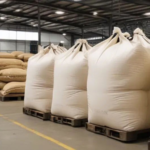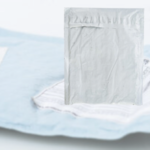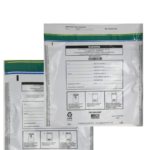
Understanding the Difference between Forensic Evidence Bags and Evidence Boxes
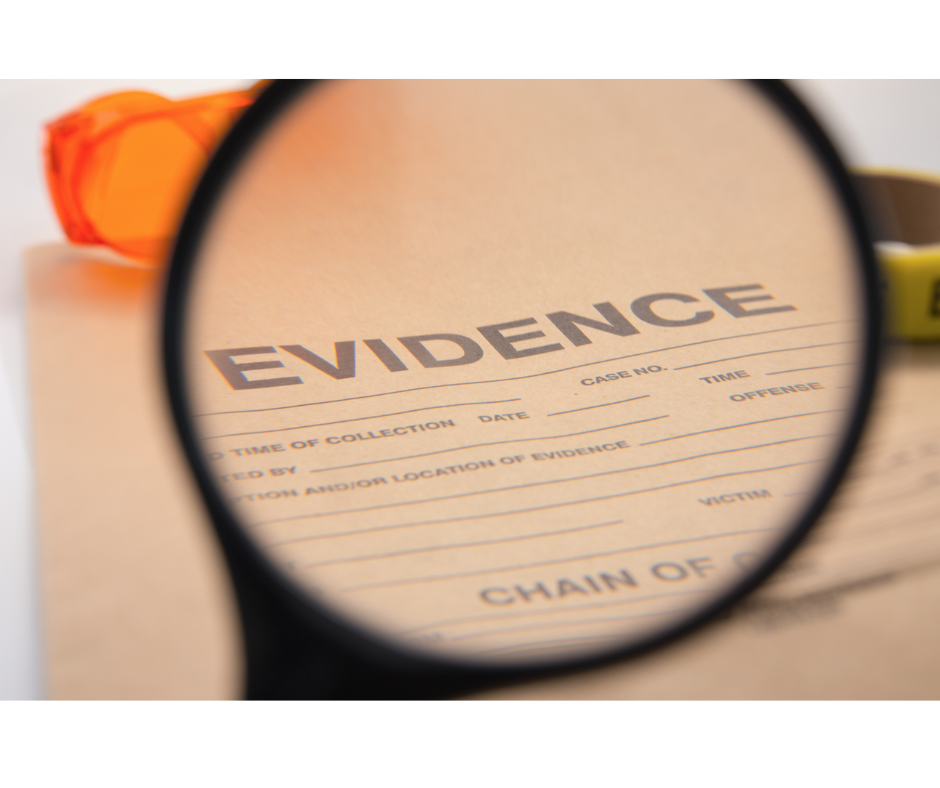
They say that every detail matters in forensic investigations. After all, it can be a crucial piece of the puzzle. Whether it is a fiber found on a victim’s clothing or the tiniest trace of a foreign substance.
Transporting and preservation of evidence is as important as collecting it from the site. Any mishandling or contamination while transferring or preserving the evidence can impact the outcome of the case.
One key aspect of evidence management is the selection between forensic evidence bags and evidence boxes.
However, it is important to choose the right one between forensic evidence bags and evidence boxes.
So, forensic evidence bags or evidence boxes?
Read on to learn the distinctive features, applications, and benefits of these two important tools in forensic investigation.
Forensic Evidence Bags: A Closer Look
Design and Composition:
Forensic evidence bags are specifically designed for the safe and secure transportation of various types of evidence. These bags are typically made from materials that resist contamination and protect the integrity of the evidence within. Common materials include low-density polyethylene or polypropylene. These materials provide a barrier against moisture, chemicals, and biological contaminants.
Types of Forensic Evidence Bags:
Standard Evidence Bags: These are versatile and widely used for a variety of evidence types, such as clothing, documents, or smaller items. They often come with tamper-evident features to ensure the integrity of the evidence.
Biohazard Bags: When dealing with biological evidence, such as blood or other bodily fluids, biohazard bags are employed. These bags are designed to contain and isolate potentially infectious materials.
Paper Evidence Bags: For evidence requiring breathability or moisture absorption, best paper evidence bags are used. These are commonly used for items like firearms or certain types of fabrics.
Tamper-Evident Features: Forensic evidence bags often incorporate tamper-evident features such as adhesive closures, seals, or security tape. These features protect the chain of custody. They indicate if the bag has been opened or tampered with after it was initially sealed at the crime scene.
Advantages of Forensic Evidence Bags
Versatility:
These bags are available in a diverse range of sizes and types. It makes them suitable for accommodating a wide spectrum of evidence. Whether dealing with smaller items like documents or clothing, or more delicate materials requiring specialized care, forensic evidence bags meet all purposes.
This adaptability ensures that forensic professionals have a versatile tool at their disposal. It allows them to efficiently package and transport evidence of different shapes, sizes, and characteristics.
Tamper-Evident Features:
Tamper-evident features such as seals, adhesives, and security tapes act as a solid defense against any potential tampering or unauthorized access. Such features are very useful to protect the integrity of evidence.
Protection:
Forensic evidence bags serve as a robust shield. They offer protection against various external factors that could compromise the integrity of the evidence.
The materials used in these bags provide a barrier against contamination, moisture, and other environmental elements.
Evidence Boxes: A Comprehensive Overview
Design and Composition:
Evidence boxes, also known as evidence containers or crates, are designed to hold larger or bulkier items of evidence. These boxes are typically made of sturdy materials such as cardboard, plastic, or metal. They provide a protective enclosure for items that may be too large for standard evidence bags.
Types of Evidence Boxes:
Cardboard Boxes: These are cost-effective and commonly used for evidence that doesn’t require high levels of protection. They are suitable for items like clothing, shoes, or larger documents.
Plastic Evidence Boxes: They are used for evidence that requires additional protection against moisture or environmental factors. They are durable and often come with secure latches or locks.
Metal Evidence Boxes: In cases where added security is paramount, metal evidence boxes may be used. These are particularly useful for transporting sensitive electronic equipment or firearms.
Customization and Labeling: Evidence boxes often allow for customization, including labeling and categorization features. This helps with the organization and retrieval of evidence during investigations and court proceedings.
Advantages of Evidence Boxes:
Sturdiness: The durable structure provides additional protection for larger or delicate items.
Customization: Evidence boxes can be customized for specific types of evidence. They are useful in an efficient organization.
Environmental Protection: Certain materials used in evidence boxes offer protection against environmental factors like moisture or extreme temperatures.
Choosing Between Forensic Evidence Bags and Evidence Boxes: Considerations and Applications
Nature and Size of Evidence:
The nature and size of the evidence play a crucial role in choosing between forensic evidence bags and evidence boxes. Smaller items or those with specific requirements, such as biohazard containment, are better suited for evidence bags. Larger or bulkier items may require the sturdiness and protection provided by evidence boxes.
Chain of Custody Requirements:
Consideration of the chain of custody requirements is vital in forensic investigations. Tamper-evident features in forensic evidence bags enhance the security of the evidence trail. However, evidence boxes may be preferred for larger items where tamper-evident bags may not be practical.
Environmental Factors:
The environmental conditions can also influence the choice between bags and boxes. Evidence bags with moisture-resistant properties may be preferable in humid conditions. Evidence boxes can offer additional protection against extreme temperatures or rough handling.
Storage Space and Organization:
The available storage space and organizational requirements of the forensic facility are key factors. Evidence boxes may be stackable and allow for more efficient use of space in storage areas. Trace evidence bags, on the other hand, are often more flexible and may be suitable for temporary storage or transport.
Forensic Evidence Bags vs Evidence Boxes: The Verdict
Both forensic evidence bags and evidence boxes are important tools in the investigation.
The choice between forensic evidence bags and evidence boxes is not a one-size-fits-all decision. It requires a thoughtful evaluation of the specific needs of each case. Consider factors such as the nature of the evidence, chain of custody requirements, environmental conditions, and storage considerations.
Ultimately, effective evidence management is about striking the right balance between the flexibility and tamper-evident features of forensic evidence bags and the sturdiness and protection provided by evidence boxes.
Whether you use forensic evidence bags or evidence boxes, understand the nuances of these tools. Plus, it is important to tailor their use to the unique requirements of each case. This way, forensic professionals can maintain the integrity of evidence throughout the process.
Share:
Get A Quick Quote
Social Media
Most Popular
Categories
Tags
Related Posts
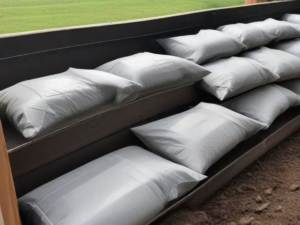
The Ultimate Guide to Organizing and Storing Soil Bags
If you’re a gardening enthusiast, you know how important it is to have good-quality soil for your plants to thrive. Soil bags, whether they be
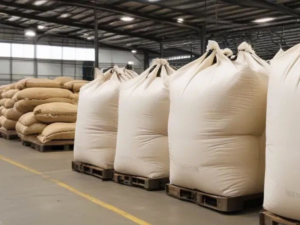
A Guide to Utilizing Bulk Bags in Agriculture: Making Farming Effortless
Bulk bags or flexible intermediate bulk containers (FIBCs) are one of the important tools used in farming practices. These large, sturdy bags offer a range

Clear Poly Mailer Bags: The Ultimate Shipping Upgrade
Shipping is a challenging aspect in the world of e-commerce. Some products like glass items, electronics, and artwork are more fragile than others. As a

